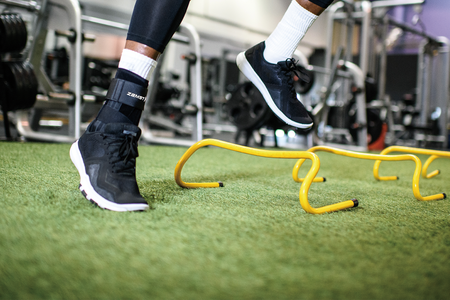Ice hockey players are some of the toughest athletes out there. They sustain multiple types of injuries, and it’s not uncommon for them to play through most of those injuries. A lesser-known injury in athletics, but is fairly well known in hockey, especially goaltenders is femoroacetabular impingement (FAI). Goalies are at an increased risk due to the unique style of joint positioning they use known as the ‘butterfly technique’. This movement pattern that they perform over and over again throughout their career leads to this painful injury.
To perform the butterfly technique, the goalie must internally rotate their femur, drop to their knees with knee flexion in an attempt to cover the goal by getting as much net coverage while keeping their hands free. (Butterfly Technique Video)
There are three types of FAI: pincer, cam, and combined impingement.
Pincer: This type of impingement occurs because extra bone extends out over the normal rim of the acetabulum. The labrum can be crushed under the prominent rim of the acetabulum.
Cam: The femoral head is not round and cannot rotate smoothly inside the acetabulum. A bump forms on the edge of the femoral head that grinds the cartilage inside the acetabulum.
Combined: Combined impingement just means that both the pincer and cam types are present.
Cam impingement is, however, more common in young athletic males and is the most commonly diagnosed type in hockey players. FAI initially presents as a false positive for groin pain, sports hernias, or adductor strains. Pain described with cam impingement is in the groin area running from the front to the back of the hip in a “C” shape. The athlete will complain of a sharp, stabbing pain with turning, twisting, and squatting, and occasionally can also be described a just a dull ache.
There are both operative and non-operative options for treatment and is best to contact your sports medicine professional for proper evaluation and testing.
Jessica M. Thomas MS, ATC, CHC
LaPrade RF, Surowiec RK, Sochanska AN, et al. Br J Sports Med 2014; 48:4-10.






